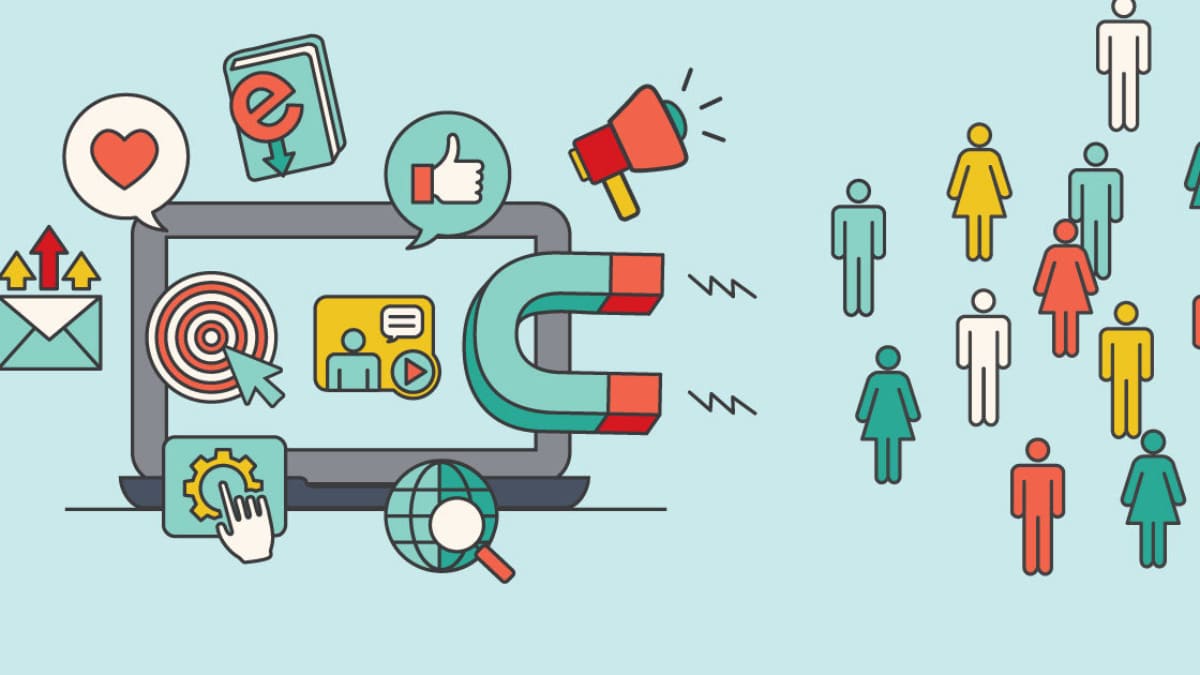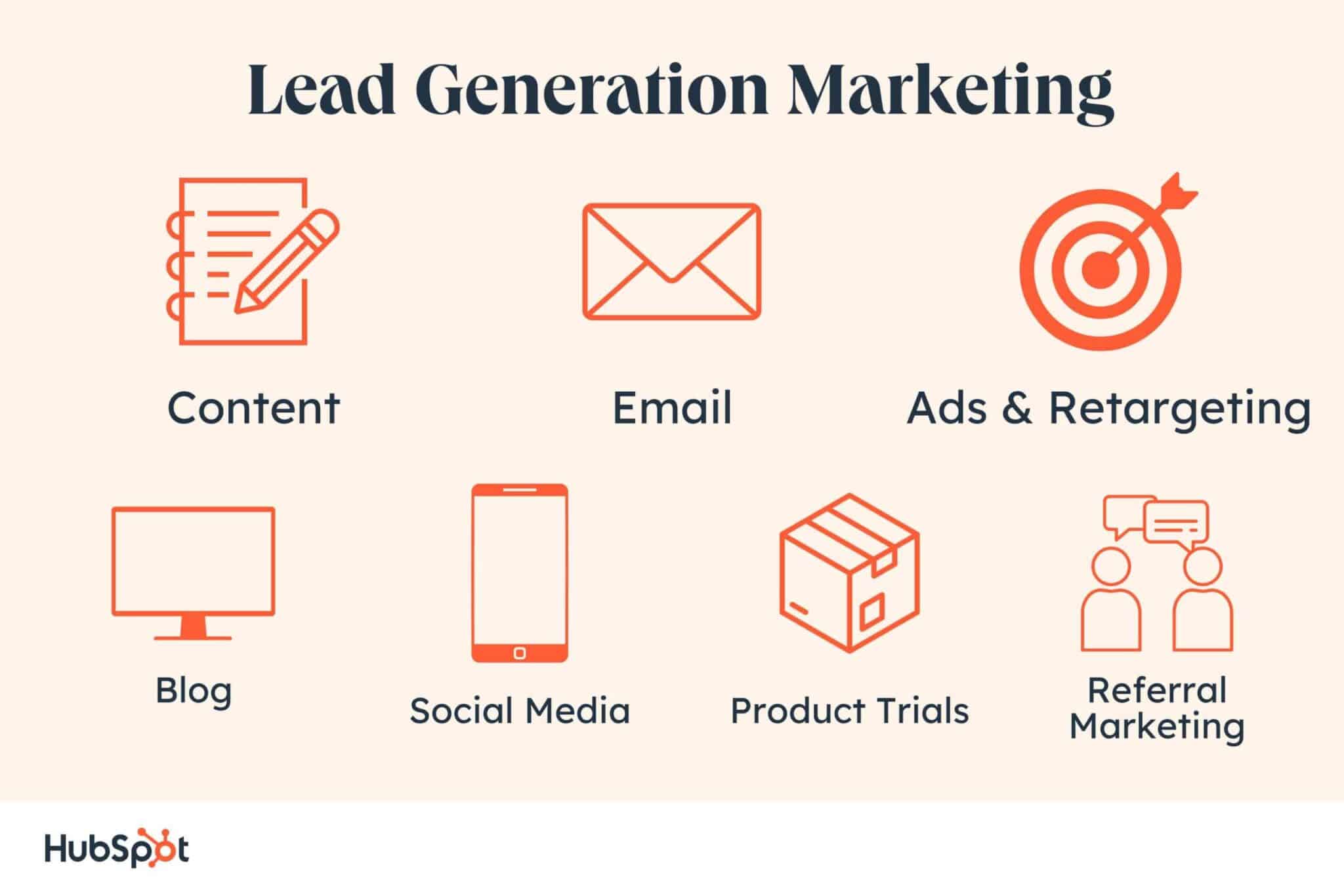LinkedIn Lead Generation Tactics for Success
LinkedIn has become an essential platform for businesses to connect with potential clients and customers. With over 700 million users, it’s no surprise that LinkedIn has become a go-to source for professionals to network and build their brands.
However, simply having a presence on the platform is not enough. To truly maximise its potential, businesses must utilise LinkedIn’s lead generation strategies.
In this article, we will explore eight proven tactics to generate leads on LinkedIn, according to LinkedIn’s VP of Marketing. So grab your coffee and get ready to take notes–your next big lead could be just a few clicks away!
LinkedIn Lead Generation Strategy
To refresh your memory, lead generation refers to all the activities and techniques you employ in order to attract potential consumers. Lead generation is vital because nurturing potential consumers can turn them into paying customers who use your products and produce revenue.
LinkedIn’s usual audience comprises professional decision-makers with purchasing power, allowing you to speak directly to potential paying clients. We’ll go through how to use LinkedIn for lead generation in the section below.
1. Make sure your executives have a strong LinkedIn presence.
When you’re initially starting on LinkedIn, it might be difficult to determine where to focus your efforts. Should you construct a great LinkedIn Page and start contributing information to your company’s feed right away? Should you begin by publicizing all of your job positions in order to attract new talent?
Evaluate your company’s leaders and their present LinkedIn presence. Could they make more intelligent contributions to LinkedIn groups in your business or publish more frequently to their feeds? More than likely, your executives might do more to increase their LinkedIn following.
2. Create a powerful LinkedIn Page for your business.
After you’ve confirmed that your own executives have a good LinkedIn presence, it’s time to create an eye-catching page. You’ll want to make sure your page is active, with thought-provoking content and additions to existing LinkedIn conversations.
3. Post relevant content and updates.
Consider providing a variety of content formats, including video, to strengthen your LinkedIn page and profile. Using this industry-relevant content can help you create relevance and trust with potential consumers by positioning yourself as a competent source.
When you’re known as an insightful, helpful source, you’ll start to build relationships with like-minded experts that meet your ideal customer profile. If you post frequently, you’ll become a regular on their feed, making it easy to start new conversations.
If you think that your LinkedIn friends are professionals in your sector, the content you upload will expose you to new audiences. When your connections ‘Like’ a post you’ve created, it may appear in the feed of a new lead. This lead will see that your shared connection liked your post, attesting to your reliability and authority and maybe motivating them to make a connect request.
Follow your page statistics to figure out what resonates with them the most and generate accordingly to ensure you’re providing content that people want to see.
4. Join LinkedIn groups. Your clients and customers are in.
At its foundation, LinkedIn is a social platform like any other. Users can build groups focusing on industry-relevant interests, just like on Facebook, and you should join these groups and engage in conversations with other experts.
You can share articles and updates to spark debates about pertinent issues or just discuss the services you provide. If you’ve joined groups correctly, your potential clients will see what you’re saying and recognize you as a useful source of information.
Groups can also discover more about your target audience. Learn from what active members say to identify prevalent industry pain points and how leads want these issues solved. Utilize this knowledge to your advantage and design hyper-targeted value propositions that speak directly to your customer’s requirements when you contact out.
5. Use paid products to ensure your content reaches your intended audience.
Companies with limited marketing resources may be hesitant to invest in paid LinkedIn initiatives. They typically ask – We have a little marketing budget, and we want to use it properly. What should we do with it? Given that LinkedIn is the top paid and organic channel for B2B enterprises, investing in the platform is worthwhile.
While LinkedIn has its own ad management solution, you can also create, organize, and execute advertising campaigns on LinkedIn using HubSpot’s ad management platform. You’ll also have access to high-quality reports that explain ad performance, allowing you to optimize a campaign to fit the needs of your clients.
6. Ensure you have strong sales and marketing alignment.
You’ve probably heard about the recent shift in customer purchasing behavior. Customers nowadays conduct pre-purchase research online and frequently use marketing information to inform their purchasing decisions before contacting a sales representative.
All of this is to imply that it’s crucial to align your sales and marketing teams because they both play important roles in locating prospects and completing deals, and they overlap more than ever before.
Conclusion
As a marketer, you’re probably aware of some of the big social media sites that can generate leads. These figures make sense, especially when platform-specific demographics are taken into account. The average Instagram user goes through their feed, likes photographs of their friends, watches their favorite celebrity’s Story, and uses the platform occasionally to find and purchase things.
FAQ
What does lead generation do?
Lead generation is gaining the interest of potential customers to increase future sales. It is a critical part of the sales process of many companies.
Is LinkedIn lead generation worth it?
LinkedIn lead generation can propel your business to new heights as it generates leads 227% more effectively than Facebook and Twitter. More and more marketers are discovering that LinkedIn can provide sales qualified leads that can be coaxed through their company’s B2B sales funnel and converted into paying clients.
What is an example of lead generation?
Lead generation is converting “strangers” like website visitors into leads. The lead generation process usually ends with an exchange. For example, a website visitor gives you their email address and name to download one of your free ebooks.






